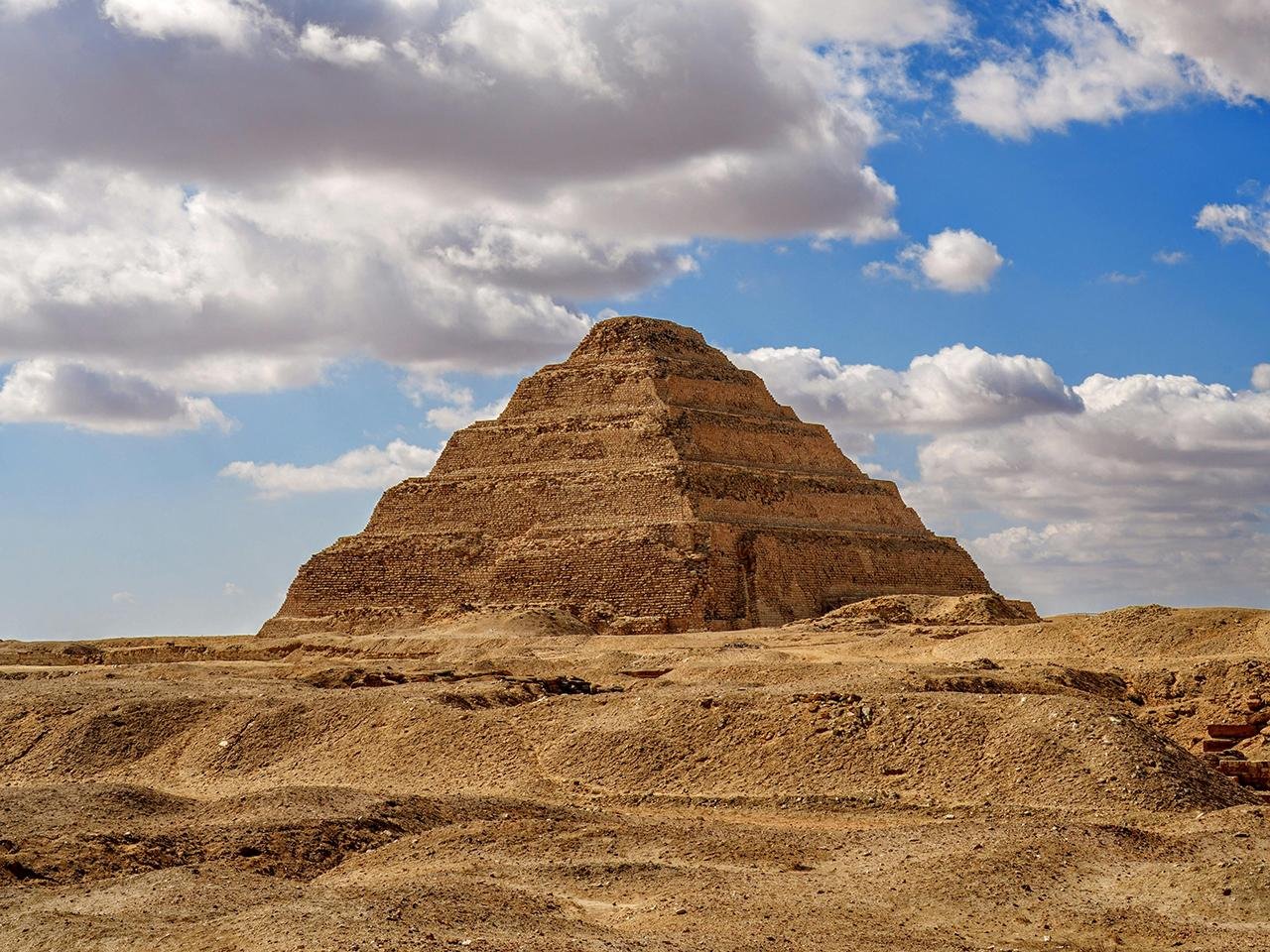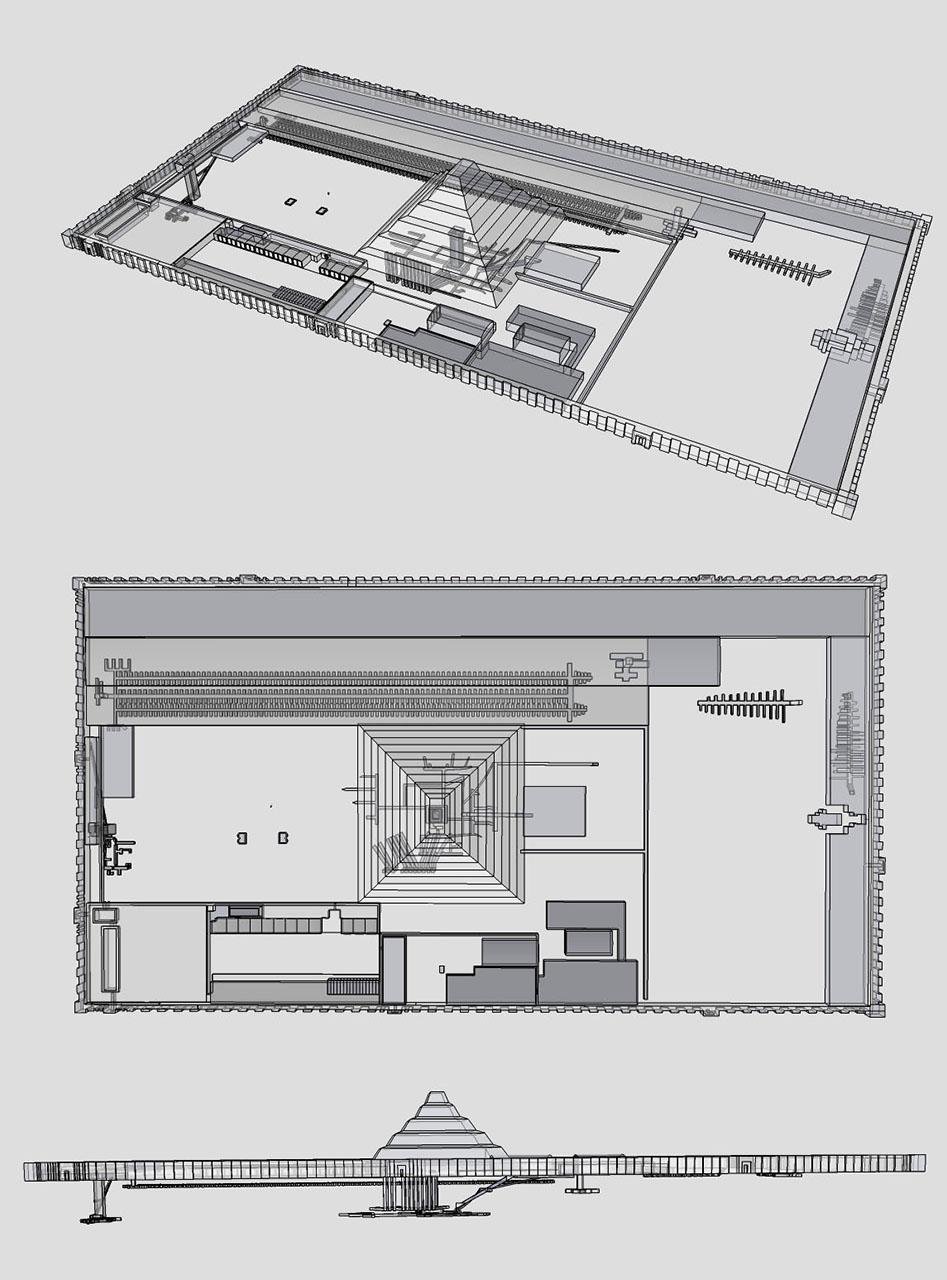Anthropology
Related: About this forumNew study suggests hydraulic lift used in construction of Egypt's first pyramid
by Dario Radley July 27, 2024
A recent study published in PLOS ONE proposes a revolutionary theory about the construction of Egypt’s Step Pyramid of Djoser, suggesting that ancient Egyptians may have used an advanced hydraulic lift system to raise the massive stone blocks. This new hypothesis challenges the long-standing belief that ramps and rollers were the primary methods used in building these monumental structures.

A new study suggests Egypt’s first pyramid was constructed using a hydraulic lift. Credit: Hugo Sykes
The Step Pyramid of Djoser, standing approximately 60 to 62 meters tall, is the earliest colossal stone building in Egypt, constructed during the Third Dynasty under the reign of Pharaoh Djoser (circa 2670–2650 BCE). Located on the Saqqara Plateau, south of Giza, it forms the centerpiece of a vast mortuary complex. Despite extensive studies over the years, the precise methods employed in its construction have remained elusive.
The study, led by Dr. Xavier Landreau from the CEA Paleotechnic Institute and his team of French engineers, hydrologists, and material scientists, utilized satellite radar imagery and historical archaeological reports to uncover new insights into the pyramid’s construction. Their research points to a sophisticated water management system that may have facilitated the construction process.
Dr. Landreau explained in an interview with Haaretz, “Satellite imagery clearly shows that a rectangular stone enclosure known as Gisr el-Mudir, located west of the Saqqara necropolis, has all the technical characteristics of a check dam. This feature would have been used to control the flow of flash floods and capture heavy objects coming from upriver.”

Perspective view, plan and elevation images of Djoser’s Pyramid Complex taken from a 3d model. Credit: R.F.Morgan, CC BY-SA 3.0
The researchers propose that the Pyramid of Djoser was built using a hydraulic lift mechanism that raised stone blocks through the center of the structure. This method, described as “volcano fashion,” would involve floating limestone blocks upward using water pressure and then placing them in their respective positions.
More:
https://archaeologymag.com/2024/07/hydraulic-lift-used-in-construction-of-egypts-first-pyramid/
duncang
(3,601 posts)But I don’t understand why they would go through the middle of the pyramid to raise stones. You would have to lower the stone below the level of stones already placed. Or am I reading that wrong. The Egyptians did have a fantastic knowledge of hydraulic engineering. Also when it got to a certain level trying to keep it would have to be supported by a very wide water tight base. The interior of pyramids I’ve seen are coarse cut stones. The bottom diagram seems to just show the king’s chamber. If I remember right the pyramid was essentially a cap over the chamber cut into bedrock. Unlike some other pyramids where they are elevated in the structure. I can see them using the dam and water way to bring in stones and maybe raise them some to the outside of the pyramid. If they brought them in under the outer ring of the pyramid then down under they would need to drain the water from below grade to bring in the next set of stones.
I’m more a spiral ramp believer. Maybe assisted by hydraulics to lift or deliver from the outside.I looked up the original Plos One manuscript still trying to digest that. Getting water from the Abusir wadi would insure after rains they had enough for lower stones. The pyramids of Giza do show signs of channels to the pyramid that link to the Nile. I’m fairly sure they would have used the same system just to bring stones.
Going to go back through it. Just not convinced it was from the center up.
Lastly when I hear suggest it may have been used that way it casts it in doubt. I don’t know if they ever will know for sure.
Old Crank
(4,651 posts)Just not sure how the whole thing would work past a couple of layers. That is a lot of pressure to be generated. Trying to keep it from leaking would be difficult.
But what do I know?